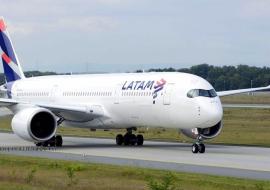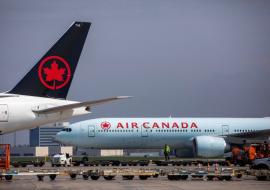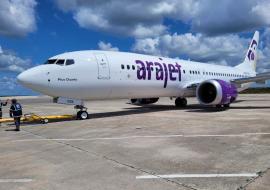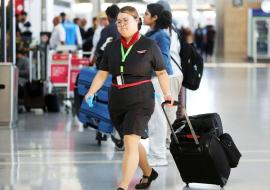LIAT Asked to Weigh in with Ideas to Improve Intra-regional Travel


LIAT, the Caribbean airline, has been invited to submit proposals to Eastern Caribbean Ministers of Tourism, through the OECS Secretariat, outlining various ways in which member states can assist in improving intra-regional travel.
So said the Federation’s Minister of Tourism, Sen. Richard “Ricky” Skerritt, who was among OECS Tourism Ministers meeting in St Lucia for the 9th Council meeting against the backdrop of an overall 12 percent decline in stay-over arrivals in the sub-region last year, with at least five OECS countries registering double digit slides.
Minister Skerritt and his colleagues acknowledged the difficulties LIAT face in a small market without economies of scale in many instances, with high maintenance and equipment costs, but also emphasizing the need for LIAT to continue to find ways to minimize the cost of travel.
The Ministers are of the view that the adverse impact of the global economic crisis on sub-regional tourism will extend well into 2010. The high cost of intra-regional travel has been a major concern among OECS countries, some of which say that the situation has impacted negatively on their tourism sector. A delegation from the airline met for over two hours with OECS Tourism Ministers to make a presentation on the carrier’s operational and marketing strategies.
The regional carrier has had a monopoly of intra-regional travel since it purchased the assets of its former competitor, Caribbean Star, in October 2007. But the airline has been criticized especially by St. Lucia and Dominica for having a fare structure that discourages intra-regional travel. In the case of St. Lucia, the island is the airline’s third largest tourist market.
The OECS Director General said that a continued program of support to small and medium sized hotels and other core tourism enterprises might also be warranted, linked to adherence to relevant operating standards and the achievement of appropriate performance measures.














